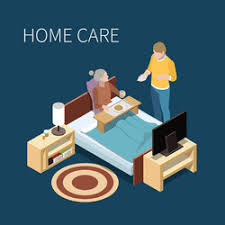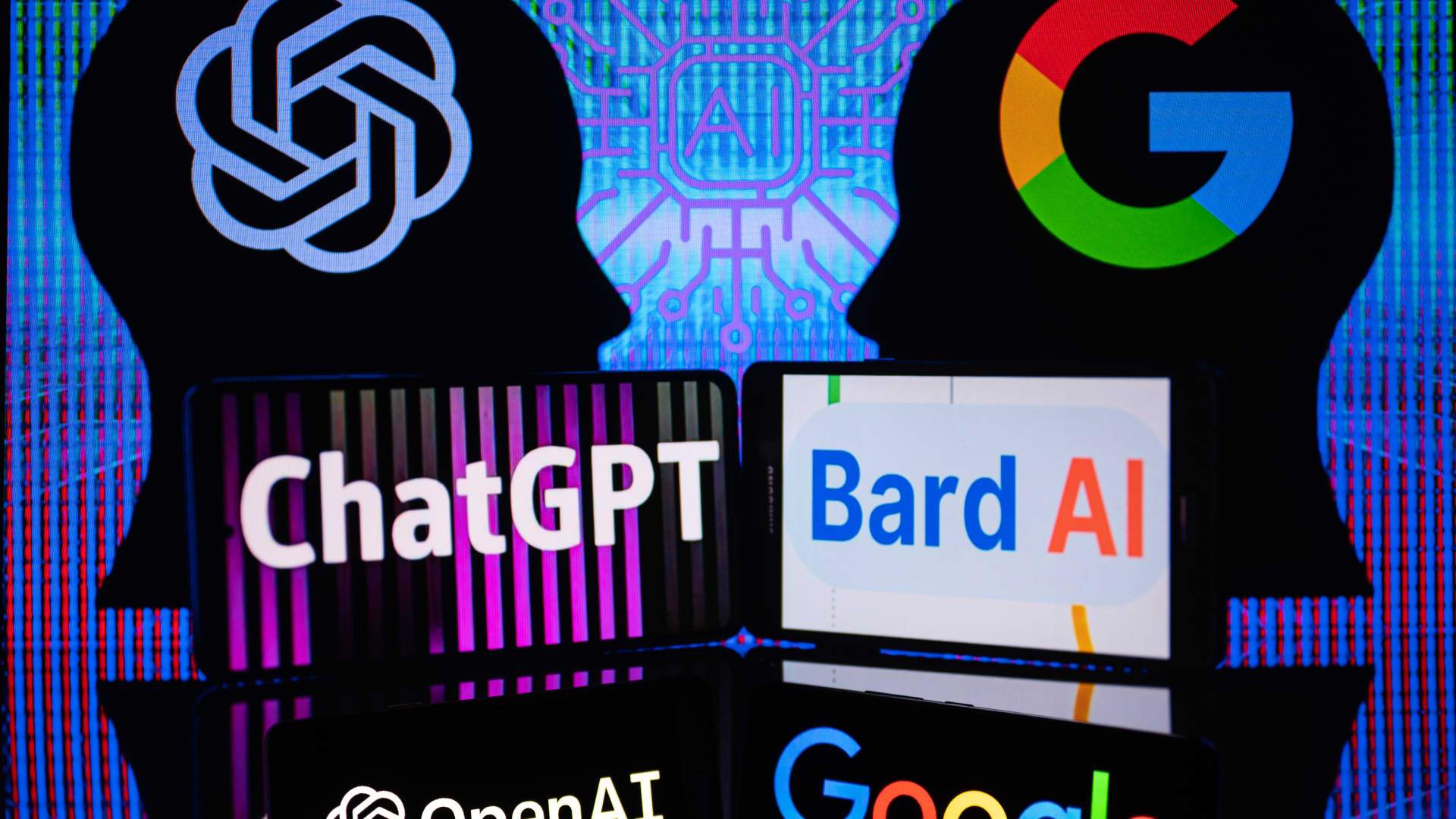The United States faces a fundamental mismatch between surging demand and insufficient capacity.
2026 Physician Fee Schedule, released in July, directs reimbursement toward remote monitoring and value-based care in the home.
Older adults can save tens of thousands of dollars annually by choosing assisted living communities over aging in place in their homes.
Unlike point solutions, Inspiren unifies resident safety, care planning, staffing, and emergency response into a single AI-powered platform.

 Care workers – it’s not a shortage – it’s a crisis. People who need care workers will tell you – the media will tell you, and the industry will tell you. From the
Care workers – it’s not a shortage – it’s a crisis. People who need care workers will tell you – the media will tell you, and the industry will tell you. From the  The past few weeks have brought broad-based wails of AI anxiety. Last week in a meeting with some senior execs, there it was again – warning about scams, exploitation and worse. Then there is the AI laundry
The past few weeks have brought broad-based wails of AI anxiety. Last week in a meeting with some senior execs, there it was again – warning about scams, exploitation and worse. Then there is the AI laundry  An optimistic view of home care’s future as seen from 2012. Several times in the past decade, interviews were conducted with experts that lead to some reports about the home care industry. This chart came from a report, The
An optimistic view of home care’s future as seen from 2012. Several times in the past decade, interviews were conducted with experts that lead to some reports about the home care industry. This chart came from a report, The  What is the AARP AgeTech Collaborative? AARP’s AgeTech Collaborative launched in 2021 with a splash (and 50 startups) that has widened into an age wave, or a sort of Match.com for age-related companies to find others, including collaborators, sponsors, pilots, and more. Today’s collection includes 104 companies, many of whom have gone through the AgeTech Collaborative Accelerator process, including pitch competition, Accelerator program enabling entry into the
What is the AARP AgeTech Collaborative? AARP’s AgeTech Collaborative launched in 2021 with a splash (and 50 startups) that has widened into an age wave, or a sort of Match.com for age-related companies to find others, including collaborators, sponsors, pilots, and more. Today’s collection includes 104 companies, many of whom have gone through the AgeTech Collaborative Accelerator process, including pitch competition, Accelerator program enabling entry into the  The AI hype cycle is distracting everyone.
The AI hype cycle is distracting everyone.